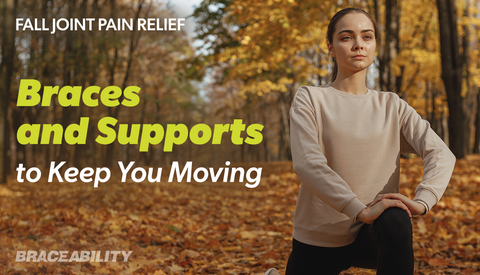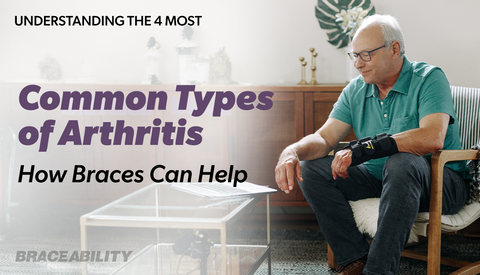The Benefits of Knee Braces For Rehabilitation
Whether you’re an athlete or a spectator, any one of us has the potential to twist, sprain, or seriously injure our knees. From playing sports to gardening to simply walking down the street, moving the wrong way or a simple misstep can cause great injury to the tendons and cartilage in our knees. Luckily, medicine has advanced to the point that we can treat and manage knee injury to prevent further damage and pain.
Basic Knee Rehabilitation
In the case of serious knee injury, like a severe tear in the ACL, surgery may be necessary. But lesser injuries can be treated with physical therapy and the use of braces to stabilize the knee and its surrounding tissue.
Prevention Through Bracing
Generally knees become injured when they are forced to move in a way they are not meant to move. Twisting the knee or bending it too sharply in medial or lateral directions can tear the ligaments that hold the knee in place and keep it working properly. Once the tear or strain has been resolved, it’s important to keep the knee from repeating the same action that caused it injury. This is where knee braces come in.
Knee braces are meant to keep the knee from moving too far from side-to-side or from over extending and irritating a healing injury. Generally this can be prevented by using slip-on braces that cover the knee. Slip-on braces compress the tissue around the knee and increase blood flow, providing support to healing tendons and cartilage. However, in some cases, a bulkier brace, equipped with metal or plastic bracing and joints, may be necessary which will more firmly hold the knee joint in place during strenuous activity.
The Benefits of Bracing
After physical therapy, using braces is extremely beneficial to the healing process. Most braces aren’t bulky and can easily be worn under a pair of pants with no effort, plus they will help you stabilize your knee through all types of physical activity—not just during sports. People who use braces to increase the blood flow and provide extra support are less likely to re-injure themselves and are more likely to experience reduced pain on an ongoing basis.
Overall, knee problems are fairly common in athletes and non-athletes alike, but through the use of physical therapy and bracing, the pain and discomfort of a knee injury can be minimized and eventually heal.










